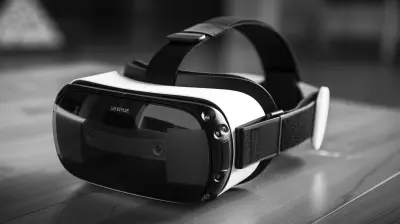The Role of Virtual Reality in Space Missions: Training Astronauts for the Unknown
5 July 2025
Space is one of the most unpredictable and unforgiving environments we’ve ever attempted to explore. Every mission requires astronauts to be highly trained—not just physically, but mentally and emotionally as well. But how do you prepare someone for an environment they’ve never actually experienced?
Enter Virtual Reality (VR)—a game-changing technology that is transforming astronaut training in ways we never thought possible. It’s not just for gaming or entertainment anymore; VR is revolutionizing space travel by helping astronauts train for the unknown in a way that traditional methods simply can’t match.
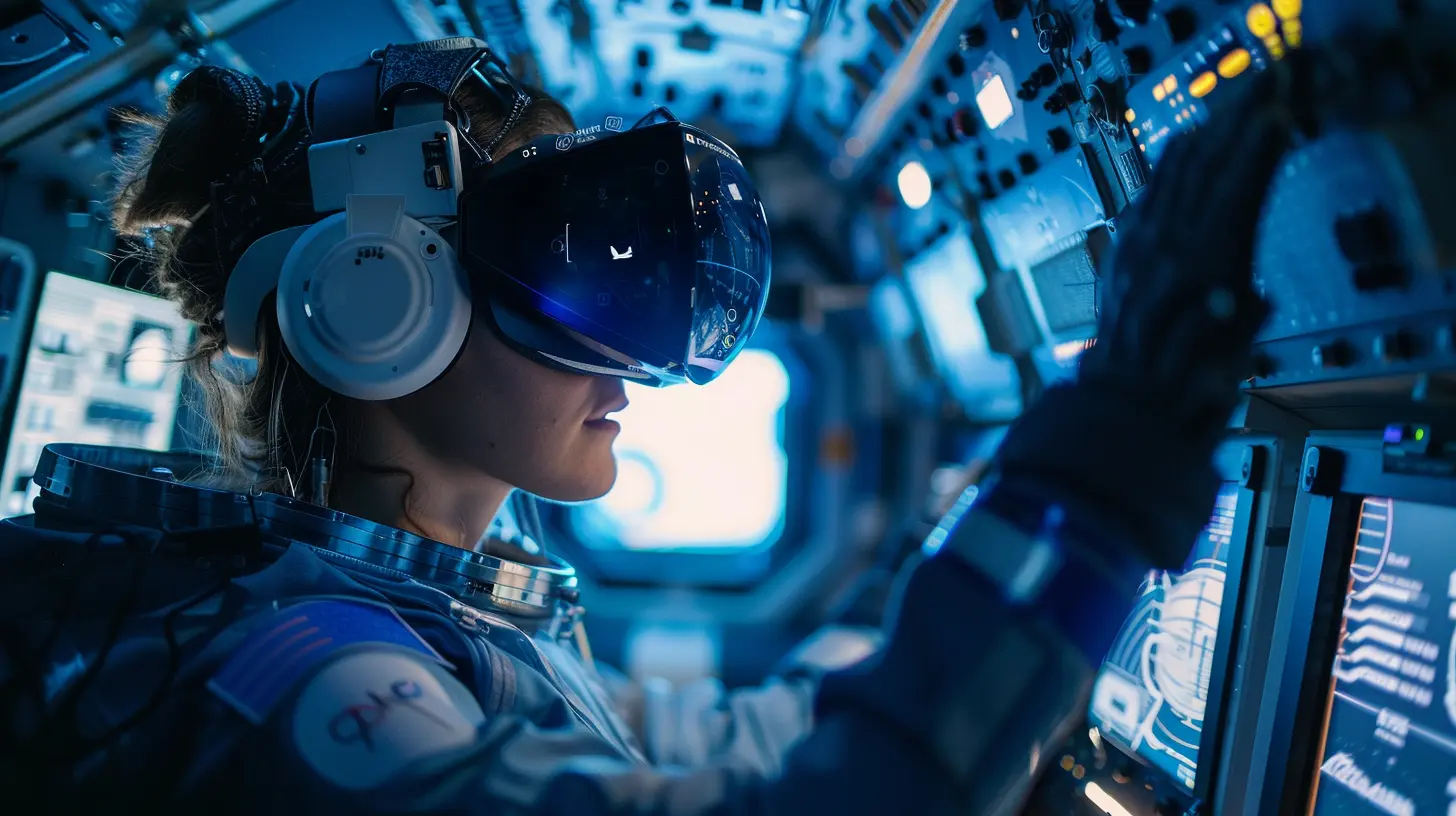
Why Is Astronaut Training So Complex?
Astronauts don’t just hop on a spaceship and take off. The training process is grueling, often spanning years of rigorous preparation. They need to be skilled in engineering, medical procedures, emergency protocols, robotics, and even basic survival techniques in extreme conditions.Space missions are demanding—both physically and psychologically—so the more realistic the training, the better. Traditional simulators and underwater training have been effective, but they still have limitations. This is where Virtual Reality steps in.
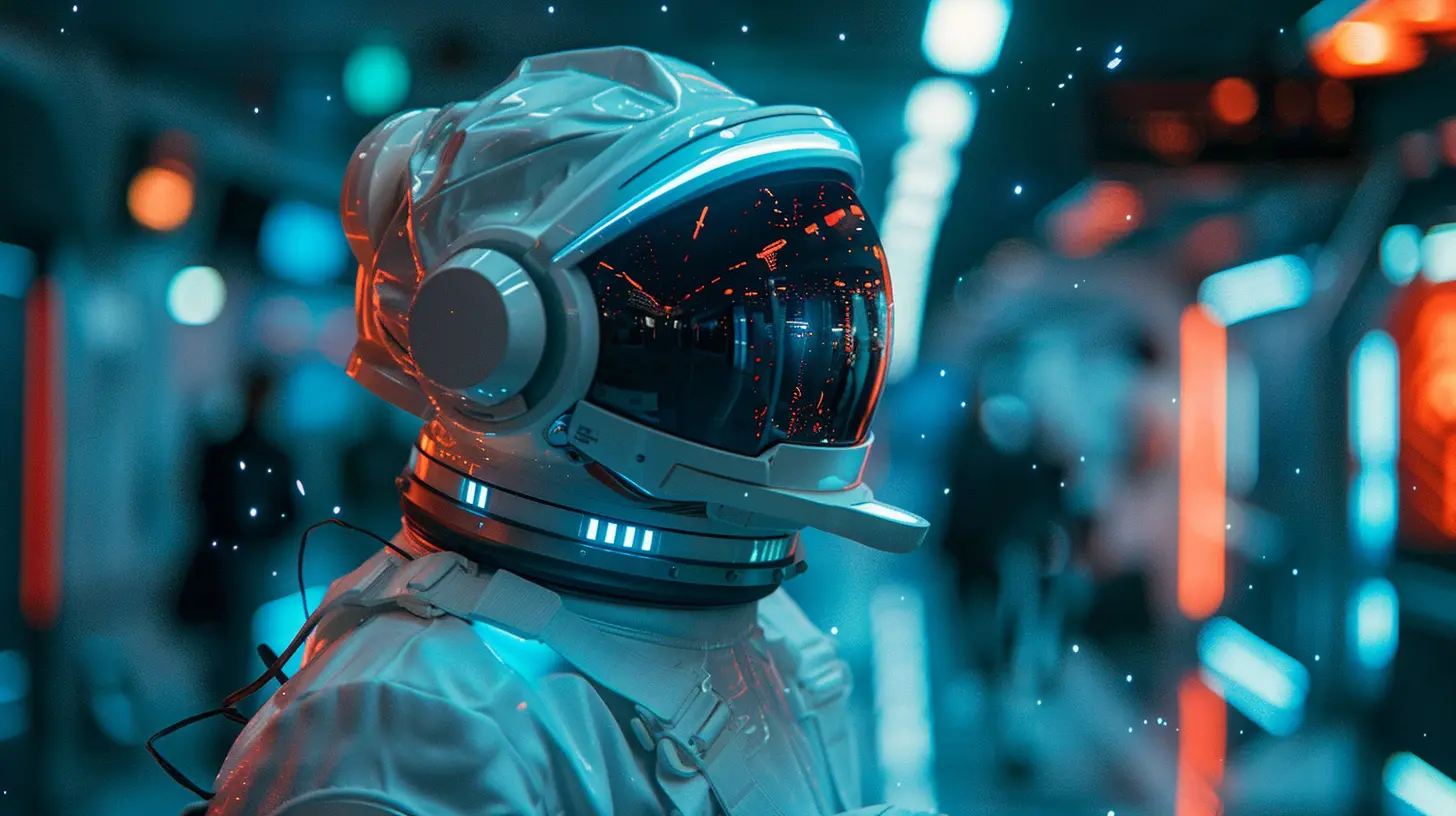
How VR Is Transforming Astronaut Training
Imagine being able to float in zero gravity, conduct spacewalks, repair satellites, or navigate through the interior of a spacecraft—all without leaving Earth. That’s exactly what VR allows astronauts to do.Thanks to high-resolution VR headsets, haptic feedback suits, and AI-powered simulations, astronauts can now train in virtual environments that closely mimic the real challenges of space. Here’s how VR is making a difference:
1. Simulating Zero Gravity Without Leaving Earth
One of the biggest challenges in astronaut training is preparing for zero gravity. Traditionally, NASA uses parabolic flights (also known as the "vomit comet") to provide short bursts of weightlessness. However, these flights are expensive and provide only seconds of zero-gravity experience at a time.VR, combined with motion-based simulators, allows astronauts to experience prolonged weightlessness in a fully immersive environment. They can practice moving, grabbing objects, and maneuvering in ways that mimic what they’ll experience in space.
2. Practicing Spacewalks with Unparalleled Realism
Spacewalks (or Extravehicular Activities – EVAs) are among the riskiest tasks astronauts perform. If something goes wrong, there's no quick way back to safety.With VR, astronauts can train for spacewalks in a far more controlled and realistic way. The VR environment simulates the feeling of being outside a spacecraft, complete with accurate physics, lighting conditions, and even the psychological pressure of floating above Earth.
3. Emergency Scenarios Without the Risk
Space is full of unpredictable dangers—equipment malfunctions, oxygen leaks, or unexpected collisions with space debris.VR allows astronauts to simulate these high-stress scenarios repeatedly, so they can develop muscle memory and decision-making skills crucial for staying calm under pressure. It’s like having a high-stakes rehearsal before the real thing.
4. Building Psychological Resilience
Astronauts spend months, sometimes years, in confined spaces far from Earth. The psychological toll of isolation and stress is immense.VR is now being used to prepare astronauts for the emotional and mental challenges of long-duration space missions. Some simulations recreate Mars colonies where astronauts must work in isolation, interact with AI-driven crew members, and even deal with simulated emergencies that test their patience and teamwork.
5. Training for Lunar and Martian Missions
NASA and other space agencies are aiming for missions beyond Earth’s orbit—including the Moon and Mars.VR simulations allow astronauts to experience the terrain, gravity, and conditions of these distant locations. By virtually "walking" on Mars or exploring the Moon’s surface in VR, astronauts can get a realistic sense of how to move, set up equipment, and conduct experiments long before they set foot on these celestial bodies.
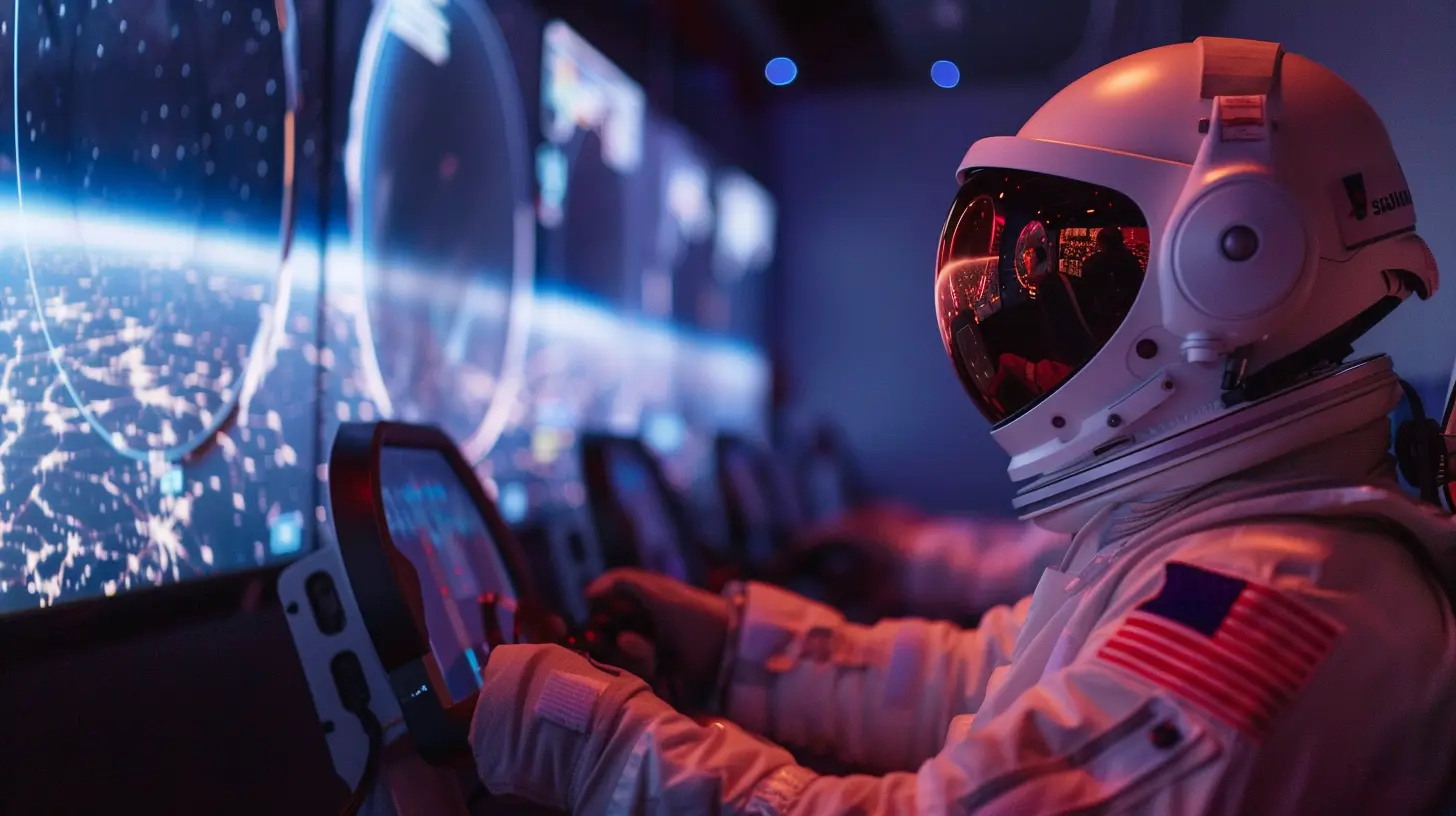
The Technology Behind VR Training
So, what makes these hyper-realistic VR simulations possible?- High-Resolution VR Headsets – Devices like the HTC Vive, Oculus Rift, and custom-built NASA headsets provide high-detail visuals that make astronauts feel like they’re really in space.
- Haptic Feedback Suits – These advanced suits simulate touch and resistance, so astronauts can "feel" what it’s like to move in a space suit.
- Motion Capture Systems – Tracks body movement to make training more natural and responsive.
- AI-Driven Scenarios – Adaptive AI can create dynamic training sessions where astronauts must react to unpredictable challenges, much like in real missions.
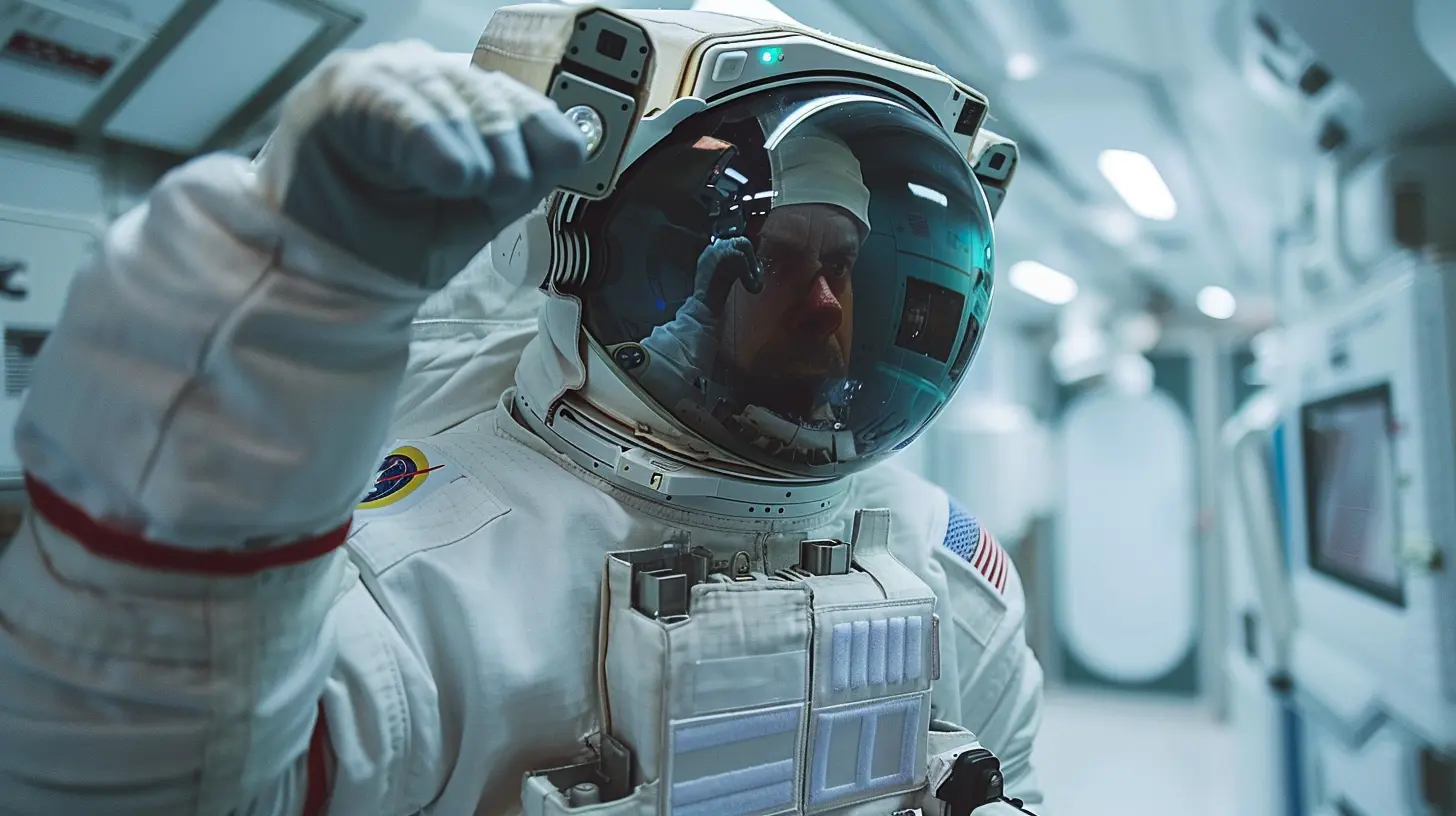
The Future of VR in Space Exploration
The potential of VR in space training is only scratching the surface. As technology advances, expect to see even more breakthroughs:1. AI-Powered Virtual Astronaut Mentors
Imagine training with a virtual version of an experienced astronaut who gives real-time feedback and guidance! AI-driven VR instructors could personalize training sessions based on an astronaut’s weaknesses and strengths.2. VR for Space Tourists
As commercial space travel becomes a reality, companies like SpaceX and Blue Origin may use VR to train space tourists before they venture out of Earth’s atmosphere.3. Augmented Reality (AR) in Space
Beyond VR, AR could assist astronauts during actual missions, providing real-time information about their environment or guiding them through repairs using overlaid digital instructions.Final Thoughts
Virtual Reality is turning science fiction into science fact. It's making astronaut training more realistic, immersive, and effective than ever before. By replicating the challenges of space in a controlled environment, VR is preparing astronauts for the unknown—helping them master everything from spacewalks to emergency scenarios without ever leaving the ground.As humanity sets its sights on the Moon, Mars, and beyond, one thing is clear: Virtual Reality is shaping the future of space exploration.
all images in this post were generated using AI tools
Category:
Virtual RealityAuthor:

Jerry Graham
Discussion
rate this article
1 comments
Kevin McManus
Virtual Reality revolutionizes astronaut training by immersing them in realistic, challenging environments that simulate the unpredictable nature of space missions. This innovative technology enhances cognitive resilience and decision-making skills, preparing astronauts not just for technical tasks but also for the psychological demands they will face in the vast unknown of space.
July 16, 2025 at 3:12 AM

Jerry Graham
Thank you for your insightful comment! Absolutely, VR is pivotal in enhancing both the technical and psychological preparedness of astronauts for the complexities of space missions.


